Description
While making the collage portraits, children often use symbolic representation as part of the art process. For young children, symbolic representation happens when they might transforms a twig they found in the park into an eyebrow while constructing a face. This symbolic representation in the collage technique is a very important part of the creative play scenario playful exploration of materials, trial and error, and demonstrating their understanding are at work. Using symbolic representation in art play is an important step toward moving children’s thinking from the concrete to the abstract representation of words.
Therefore Malaguzzi and Musatti (1996) as well as Pelo (2007) believe that self-portraiture is deeply connected to children’s identity perceptions. There can be many stories children tell in their portraits. A self-portrait is an intimate, bold declaration of identity. In a self-portrait, the child offers himself as both subject and artist. When we look at a self-portrait, we see a child as she/ he may see herself/ himself.
Skills You Gain From Self Portraits and Loose Parts
Skill 1 : exploring self portraits with loose parts
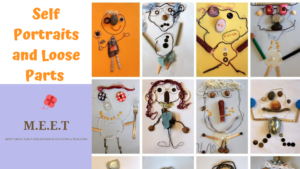

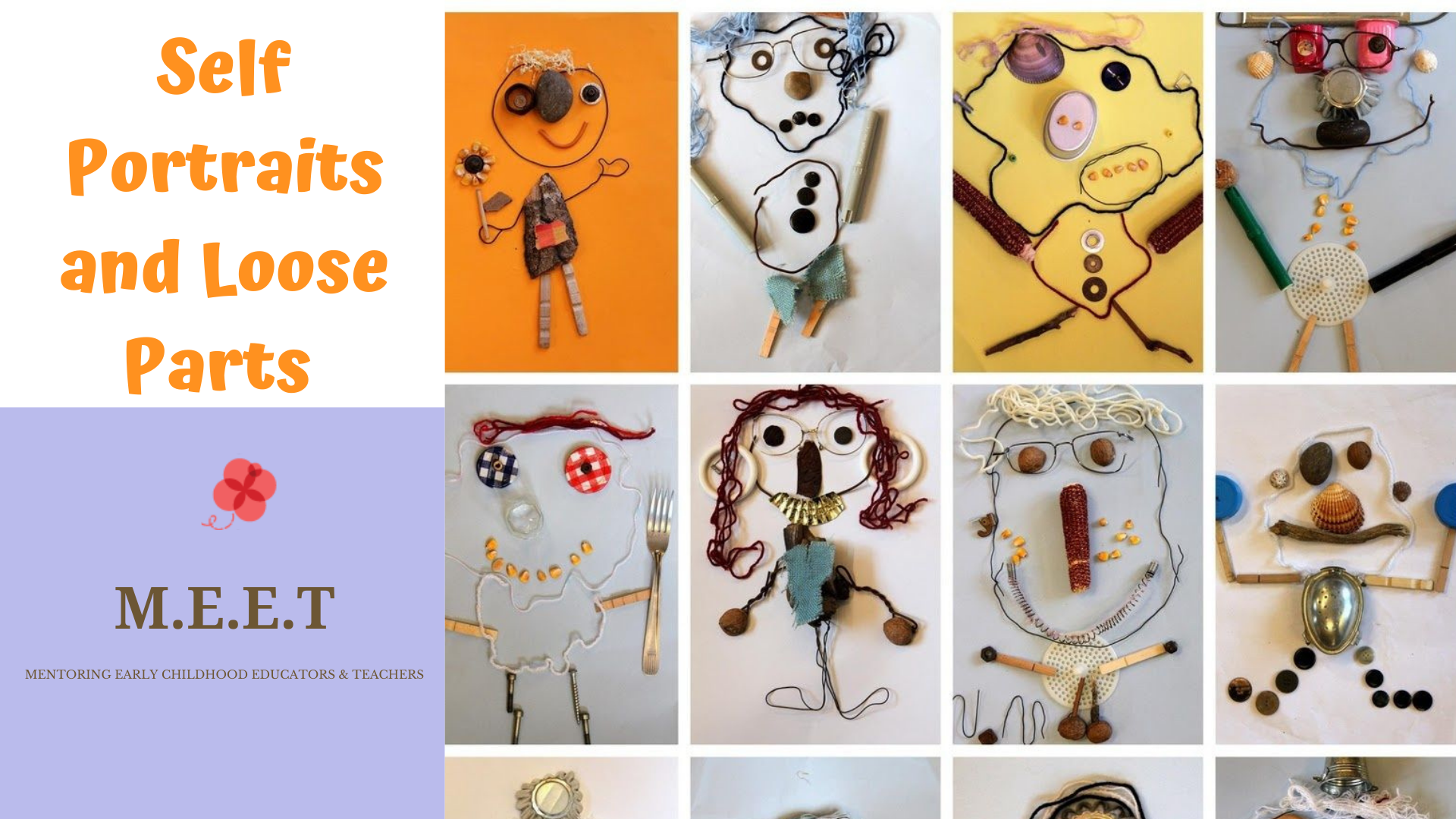
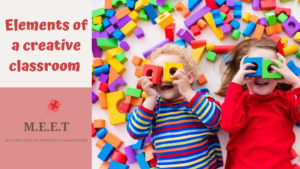
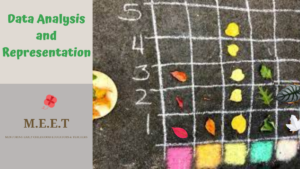
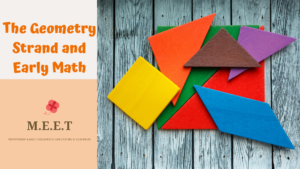
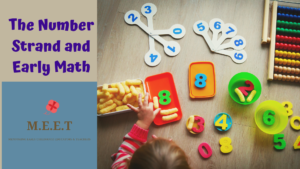
Reviews
There are no reviews yet.